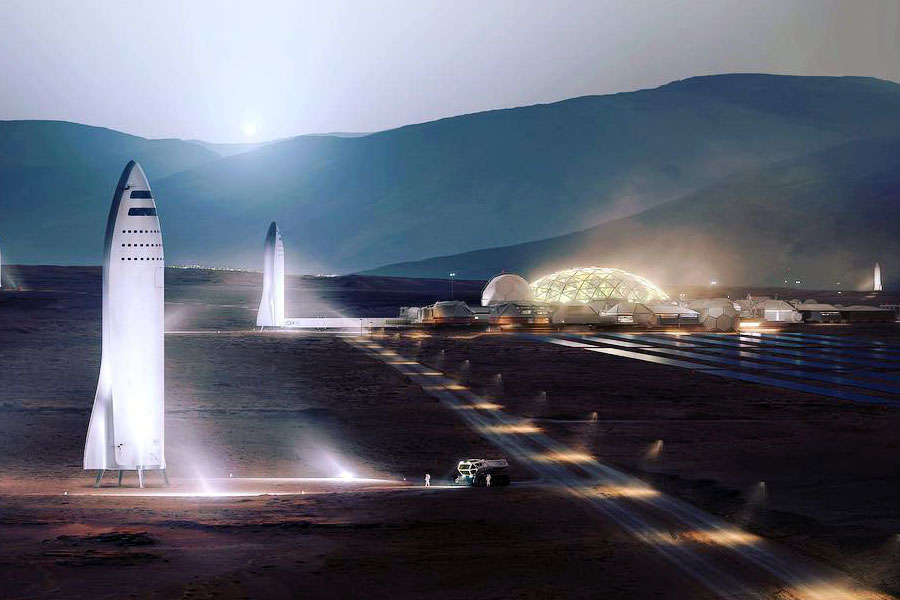The crust of Mars stores enough groundwater to form oceans on the planet's surface, an analysis of the data collected by NASA has suggested.
However, the water is present several kilometres the surface, so extracting it to "supply a future Mars colony" is not feasible, the researches said.
The amount of groundwater it contains can cover the entire planet, which is about half of Earth's size, to a depth of up to two kilometres, according to the research team.
For those tracking the fate of water after the planet's oceans disappeared over three billion years ago, the study's results are "good news," the researchers, including those from the University of California (UC) in Berkeley, US, said.
It is said that water from Mars was lost to space when its magnetic field collapsed and the solar winds destroyed its atmosphere.
The findings, published in the journal Proceedings of the National Academy of Sciences, are an indication that much of the water did not escape into space but filtered down into the crust.
The analysis provides the best evidence to date that the planet still has liquid water in addition to that frozen at its poles, the researchers said.
However, the reservoir of liquid water, which is located in tiny cracks and pores in rocks in the middle of the Martian crust at about 11.5-20 kilometres below the surface, would not be of much use to anyone "trying to tap into it to supply a future Mars colony", they said.
Even on Earth, drilling a hole a kilometer deep is a challenge, the researchers explained.
"Establishing that there is a big reservoir of liquid water provides some window into what the climate was like or could be like," study author Michael Manga, a UC Berkeley professor of earth and planetary science, said.
"And water is necessary for life as we know it. I don't see why (the underground reservoir) is not a habitable environment. It's certainly true on Earth -- deep, deep mines host life, the bottom of the ocean hosts life. We haven't found any evidence for life on Mars," Manga said. The 'Insight' lander was sent by the US space agency, NASA, to Mars in 2018 to investigate the crust, mantle, core and atmosphere. Seismic data from the lander was used for analysis in the study. The mission ended in 2022.
The researchers said that while scientists have sent probes and landers to the planet to find out what happened to water that was lost years ago, the frozen water at the poles cannot account for it all.
There is a lot of evidence -- river channels, deltas and lake deposits -- that supports the hypothesis that water once flowed on the planet's surface. But that period ended more than 3 billion years ago, after Mars lost its atmosphere, Manga said.
Except for the headline, this story has not been edited by The Telegraph Online staff and has been published from a syndicated feed.












